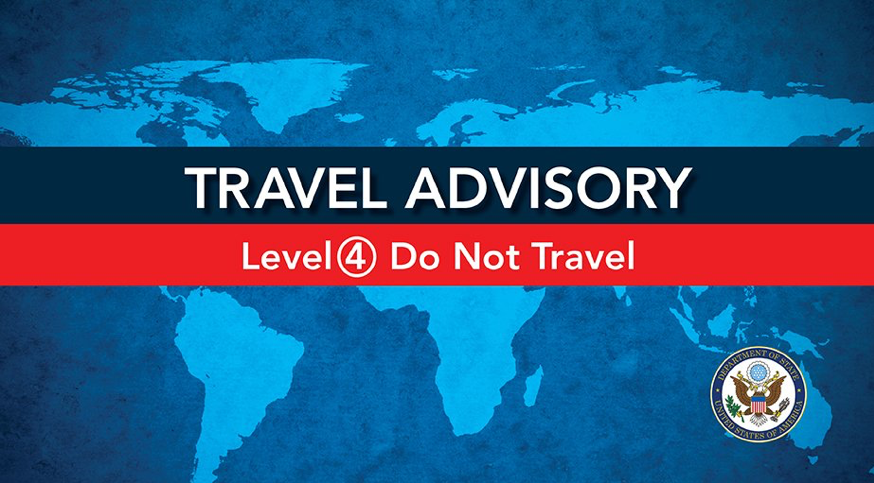What do State Department travel advisories really mean?

You’ve probably seen travel advisories like this in the news: “U.S. State Department issues (number level) travel advisory for (country).” These alerts often cause travelers to question future travel plans, or ones already booked.
What do U.S. State Department Travel Advisories actually mean, and should you really be worried about travel plans to a country that has one? Answer: It depends on the level, and the reason for the advisory. Here’s some advice on how to interpret alerts at each level.
Four Tiers of U.S. Travel Advisories
All destination countries are divided into four tiers, identified by number. The lower the number, the safer the United States deems a country is to visit. For what it’s worth, the US isn’t regarded as low risk by most countries; unfortunately, this means in some instances there may be tit-for-tat going on.
The key to advisories is to note them, read them, and behave like a logical tourist if you decide to travel. Here’s a description of what each level of the U.S. State Department Travel Advisories means:
Level 1
Level 1 means the destination is as safe to travel as a place can ever be; there’s no “safer” level of destination. The call to exercise “normal precautions” means you shouldn’t act like an oblivious tourist or do anything your mom wouldn’t be proud of. Think as logically while traveling as you do while taking care at home and you’ll be fine.
Level 2
Level 2 State Department warnings don’t mean “don’t travel”. They mean you should be extra cautious. Many countries you wouldn’t ever imagine being on an increased travel warning list (ex: Maldives, Italy, Turks & Caicos, Spain, United Kingdom, India, and the Bahamas) have been marked as level 2; in the grand scheme of things, they’re perfectly safe.
These are countries where there’s a slightly increased risk of terrorism or civil unrest. FYI, the USA often is assigned a similar level to a level 2 warning on many other countries’ travel lists.
When you see a country you’re considering visiting is Level 2, read the reasoning behind it here, and register for free safety updates with STEP, the smart traveler program.
Level 3
All Level 3 warnings should be read and considered carefully. The State Department doesn’t specifically say not to travel to a Level 3 country, but it does stress you should reconsider plans and, if you go, be abundantly careful. A country can be deemed at Level 3 for things like disease outbreaks, security concerns, and other unappealing woes.
Level 3 can also mean there are areas within a country that should be avoided entirely. In other words, the warning may be specific to a certain region and not the entire country. A Level 3 warning may also indicate the country is a place where the U.S. government has limited diplomatic resources to help if you get in a pinch.
Level 4
If a country has been tagged as Level 4, don’t go there. These are places undergoing war, famine, unrest, perilous health situations, or other danger, and it’s the unbiased advice of the U.S. State Department that you should not go. This doesn’t mean that you can’t, but doing so puts you in risk of serious danger.
Just be smart!
A level 2 travel alert shouldn’t keep you from tasting paella in Spain, wine in France, or pasta in Italy, let alone seeing the crystal blue waters of the Maldives or stunning beaches of Barbados in the Caribbean.
But it’s better to know there are dangers, however large or small, than not, and alerts are designed to keep travelers informed and aware of potential issues to look out for so problems don’t arise.
Read them, follow them, but don’t let them keep you from your dream trip, unless they say not to go at all. Level 4 is not worth messing with, but at every other level you can decide for yourself. Alerts change all the time (a country that’s level 4 now may be level 1 at a later time), so registering for STEP is a great step in staying in the know.
Twist’s Take: Pay attention to State Department travel advisories; if your destination is at Level 4, don’t go!
